Germanic Language Guide - Multifaceted Language Learning
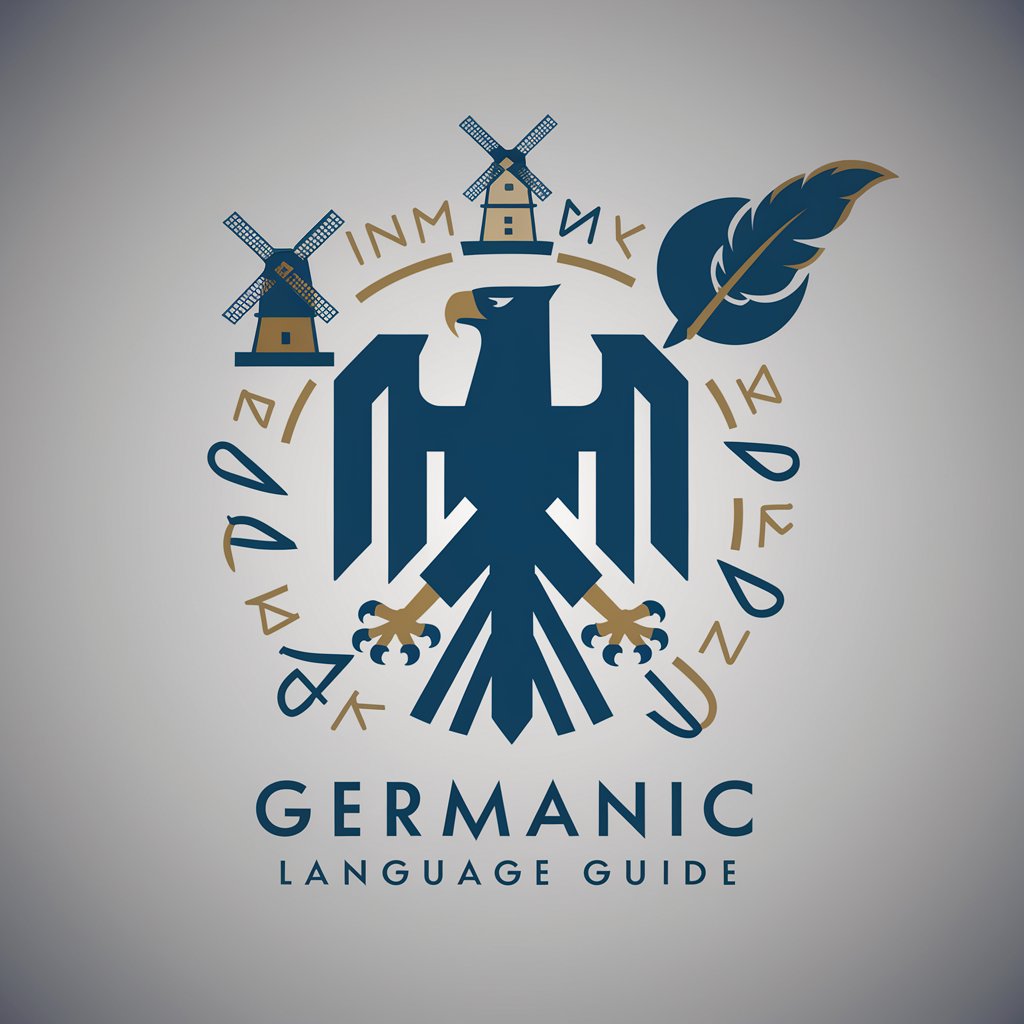
Welcome! Let's explore the Germanic languages together.
Master Germanic languages with AI-driven insights
Explain the difference between German spoken in Germany and Austria.
How do cultural nuances influence the use of idioms in Dutch?
Can you provide basic conversational phrases in Swedish?
What are the formal and informal ways to greet someone in Icelandic?
Get Embed Code
Overview of Germanic Language Guide
The Germanic Language Guide is crafted to serve as a comprehensive educational tool, specifically designed for learners of Germanic languages. This includes, but is not limited to, English, German, Dutch, and Swedish. The Guide is adept at navigating between casual, everyday language and formal, structured communication, enabling learners to gain proficiency across diverse contexts. For instance, it provides insights into the conversational German used in Berlin's streets as well as the formal Swedish required in a business meeting in Stockholm. Moreover, it delves into regional variations and cultural nuances, offering learners a rich understanding of the languages within their specific cultural settings. Examples include the differences between Austrian and German German, or British and American English, highlighting idiomatic expressions, pronunciation, and usage that distinguish these regional varieties. Powered by ChatGPT-4o。

Core Functions of the Germanic Language Guide
Conversational Training
Example
Teaching phrases like 'Wie geht's dir?' (informal) versus 'Wie geht es Ihnen?' (formal) in German.
Scenario
Useful for learners planning a trip to a German-speaking country, aiming to engage in both casual conversations with new friends and formal interactions at hotels or official venues.
Cultural Nuances and Etiquette
Example
Explaining the significance of 'fika' in Sweden or the etiquette of pub conversations in the UK.
Scenario
Helps expatriates or students studying abroad to understand and assimilate into their new cultural environments, facilitating smoother social interactions.
Grammar and Structure
Example
Diving deep into the complexities of German grammar, such as the four cases (Nominativ, Akkusativ, Dativ, Genitiv), and providing comparative studies with English for a clearer understanding.
Scenario
Assists advanced learners in mastering the language for academic or professional purposes, such as writing a thesis in German or preparing for a business presentation.
Regional Language Variations
Example
Comparing American English and British English, focusing on vocabulary (e.g., 'trunk' vs. 'boot', 'apartment' vs. 'flat'), spelling ('color' vs. 'colour'), and pronunciation.
Scenario
Useful for writers and content creators targeting audiences in specific English-speaking countries, ensuring their work resonates well with the intended readership.
Target User Groups for the Germanic Language Guide
Language Learners
Individuals at any proficiency level seeking to learn or improve their skills in a Germanic language, whether for personal enrichment, travel, or professional reasons. The Guide offers resources ranging from basic phrases to complex grammatical structures.
Expatriates and International Students
Those relocating to a Germanic language-speaking country, needing to quickly adapt to the local language and culture. The Guide's emphasis on colloquial language and cultural nuances is particularly beneficial.
Academics and Professionals
Researchers, scholars, and business professionals who require a deep understanding of a Germanic language for academic writing, presentations, or working in a multicultural office. The Guide provides advanced linguistic insights and formal language training.
Writers and Content Creators
Authors, journalists, and digital content creators aiming to produce regionally tailored content. Understanding regional language variations and cultural contexts can significantly enhance the appeal and accuracy of their work.

How to Use Germanic Language Guide
Start with YesChat
Begin by visiting yeschat.ai to access a free trial of Germanic Language Guide without the need for login or ChatGPT Plus subscription.
Identify Your Level
Assess your proficiency level in the Germanic language of interest. This will help tailor the learning experience, whether you're a beginner or an advanced learner.
Choose Your Focus
Select the specific aspect of the language you wish to learn or improve on, such as conversational skills, grammar, or understanding cultural nuances.
Engage Actively
Utilize the interactive Q&A format to ask specific questions. This active engagement helps solidify your understanding and improves retention.
Practice Consistently
Make regular practice a habit. Consistency is key to mastering any language, as it helps in retaining what you've learned and in understanding cultural contexts better.
Try other advanced and practical GPTs
Party Camp
Embark on AI-Powered Fantasy Adventures
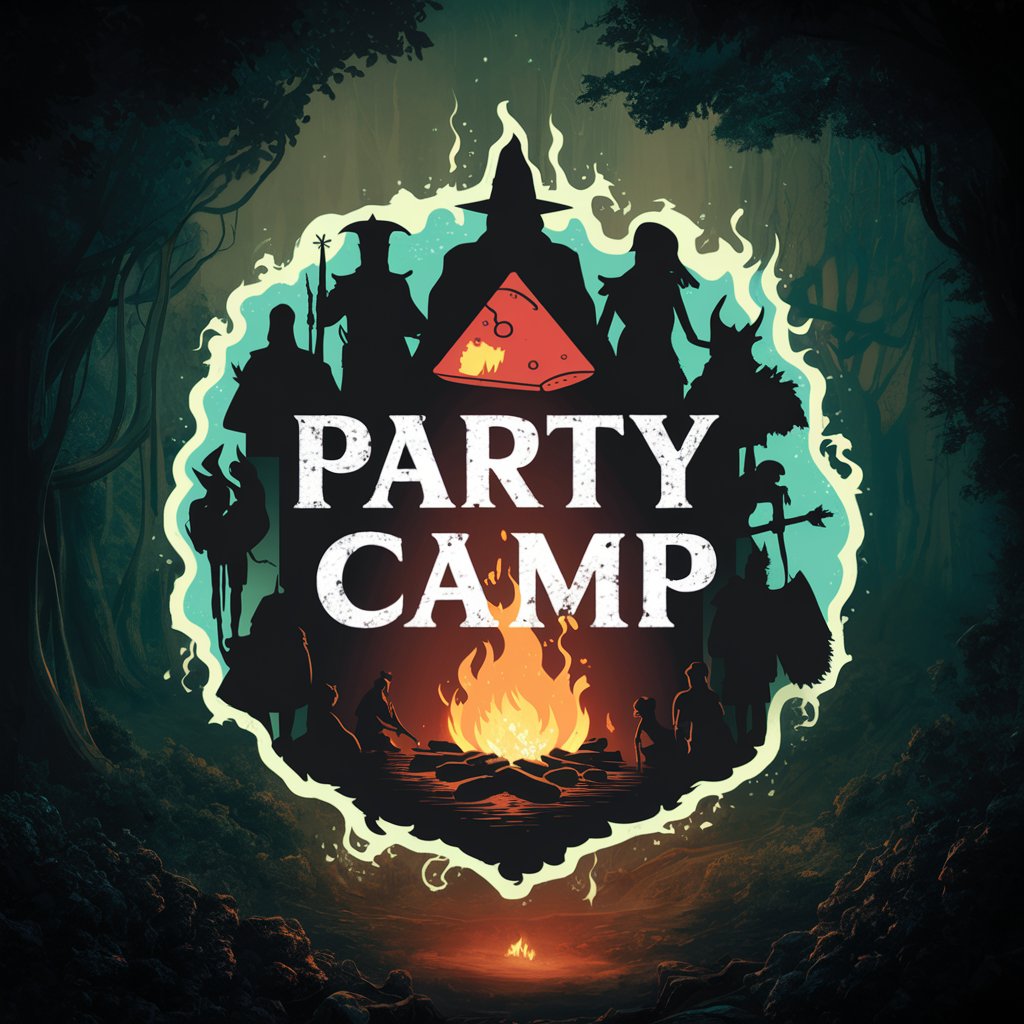
Curry the Curriculum Designer
AI-powered Curriculum Development for Surgical Education

JokeSmith
AI-Powered Humor at Your Fingertips

Mastermind GPT
Strategize, laugh, and outwit an AI.
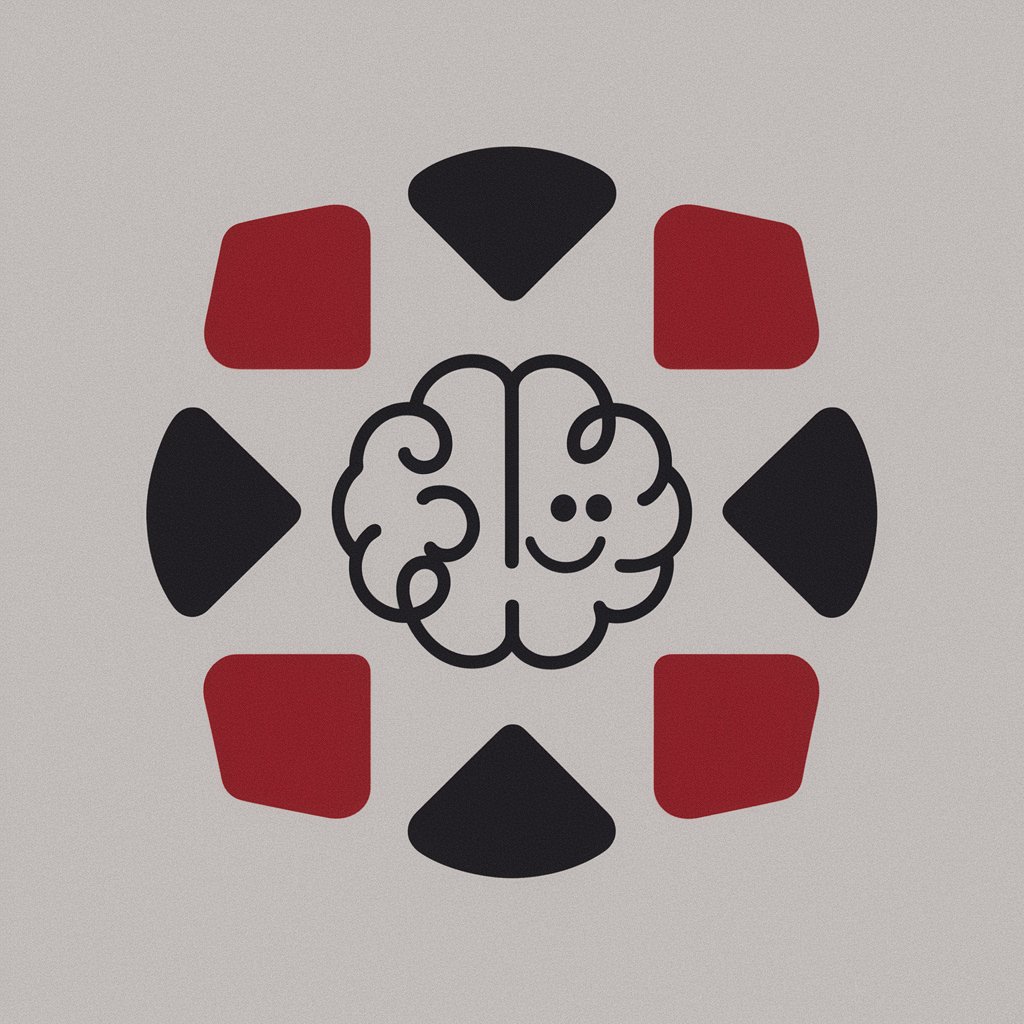
Regional Crayon Eater Recipes
Cooking up laughter with AI-powered humor

Henryk
Automate Your Office with AI Power

ROTAGP
Unlocking the Mysteries of Aryo-Germanic Beliefs
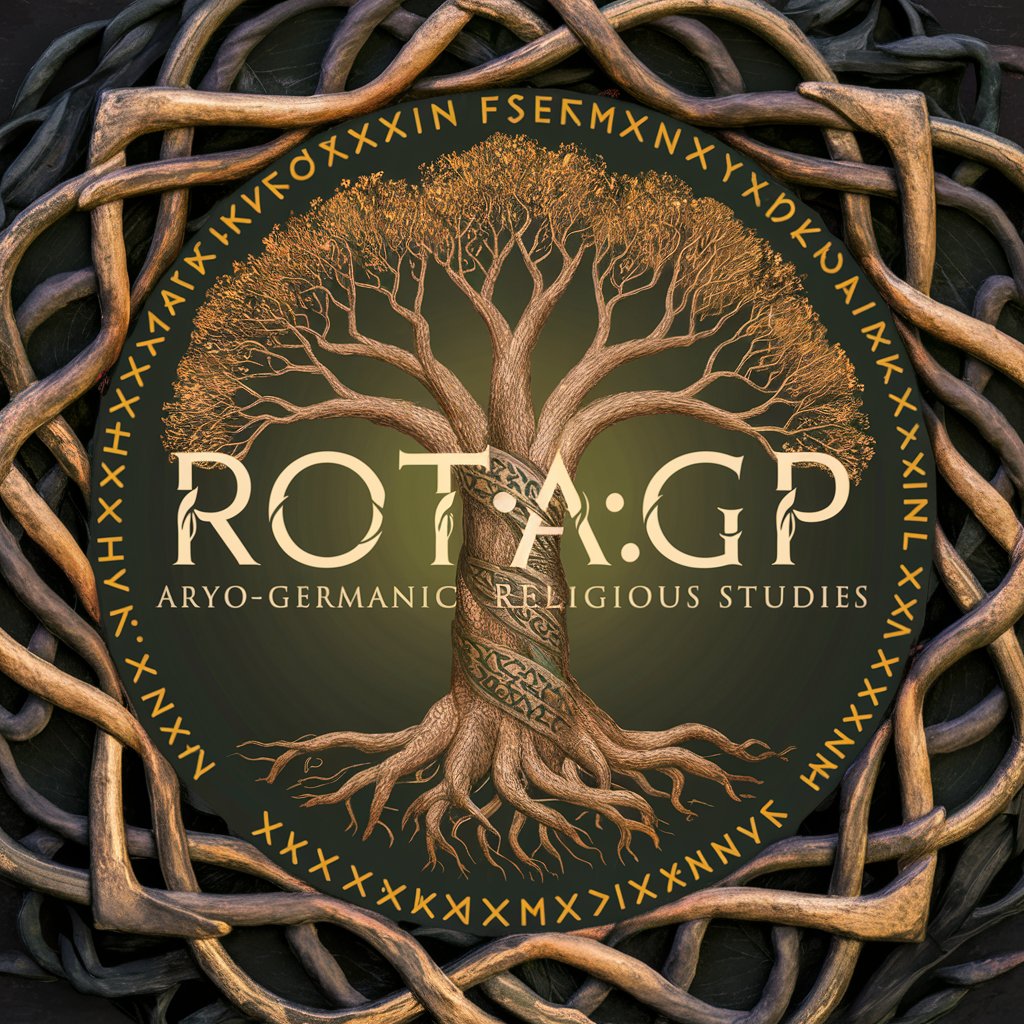
Valhalla Street Art
Merging Mythology with Urban Art

Speedy Reader
Enrich Your Reading, Daily.
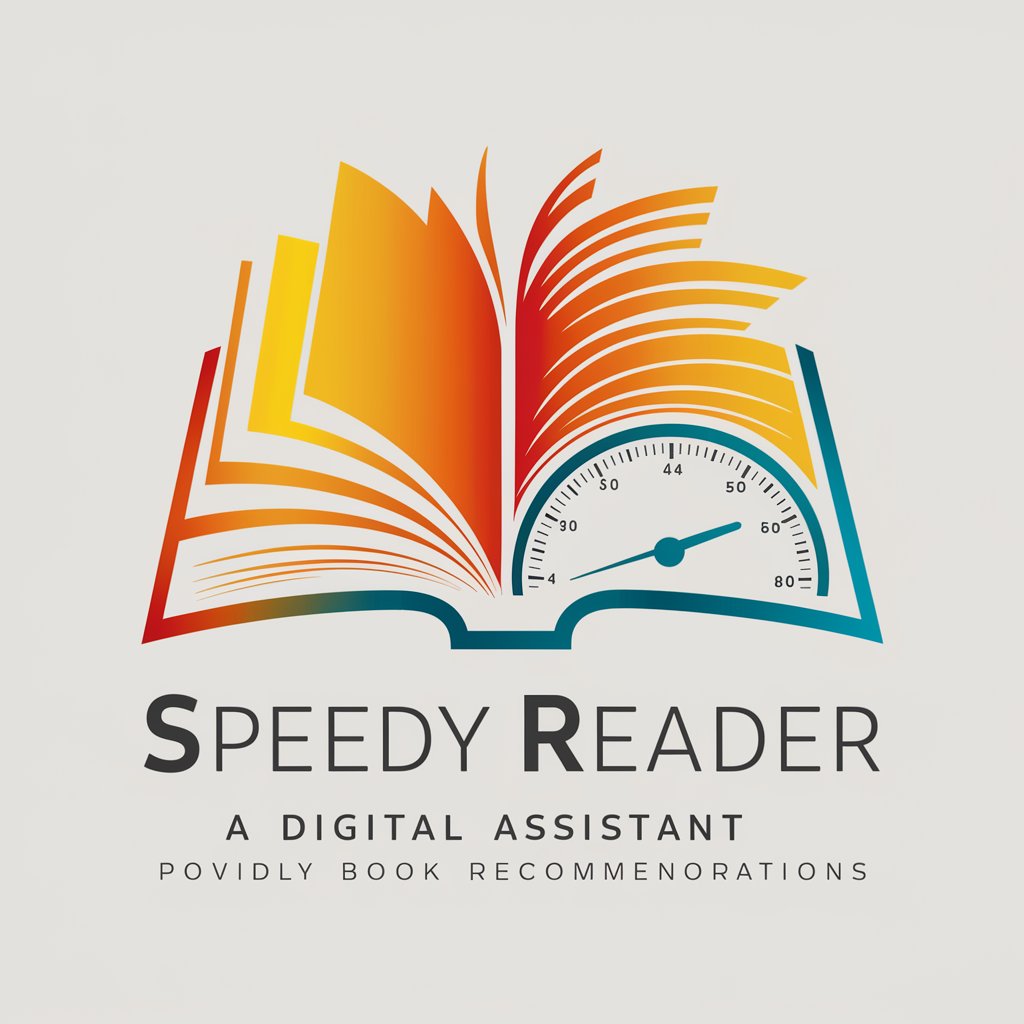
Unity Game Development Expert
AI-powered Unity Game Development Guidance

Compliance GPT
Ensuring content compliance through AI

Solutions
Unlock Potential with AI Guidance
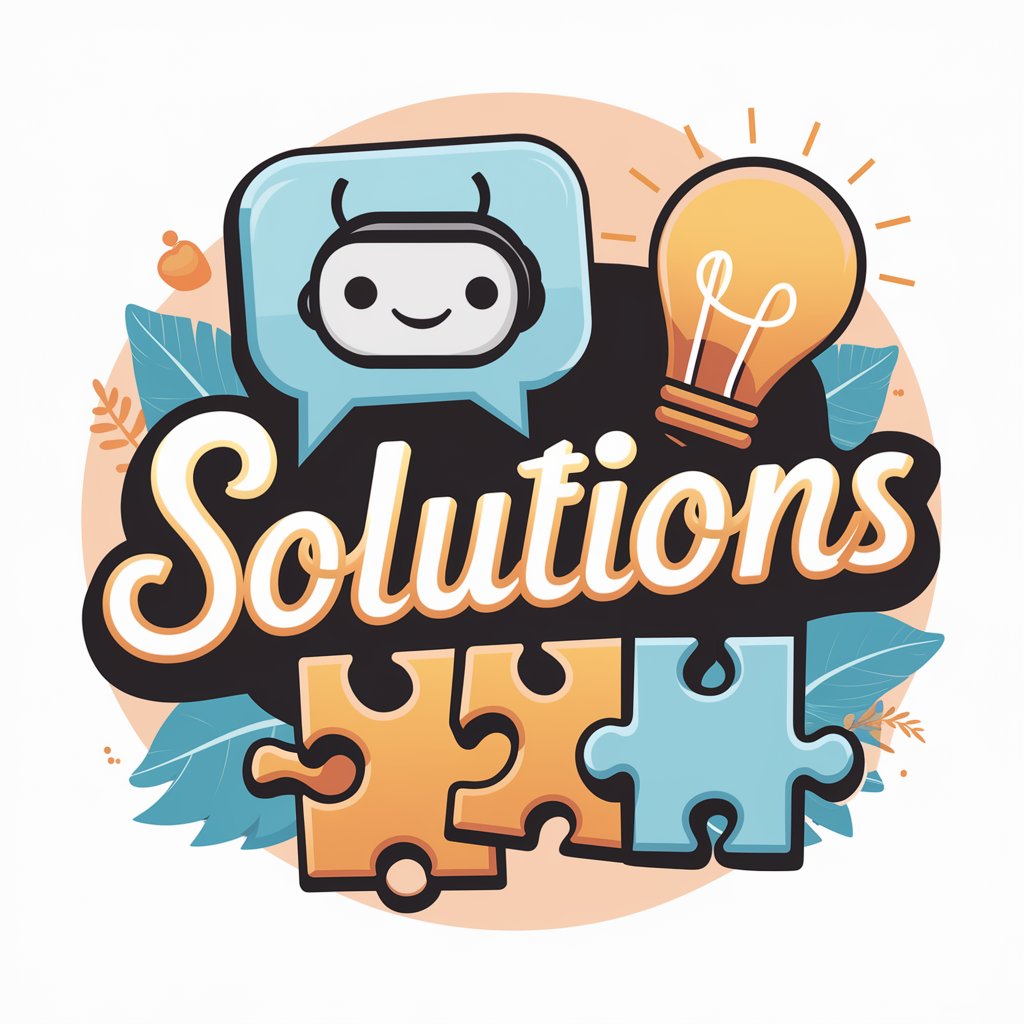
FAQs about Germanic Language Guide
Can Germanic Language Guide help with understanding regional dialects?
Absolutely. The guide offers insights into regional variations across Germanic languages, such as the differences between German spoken in Germany and Austria or English in the UK versus the USA, including dialects and cultural nuances.
Is this tool suitable for academic purposes?
Yes, it is. Germanic Language Guide is designed to cater to a wide range of needs including academic writing and research. It can assist in understanding formal language structures and vocabulary suited for academic contexts.
How does the tool accommodate beginners?
For beginners, the guide provides basic phrases, conversational patterns, and essential grammar. It's structured to gradually introduce more complex concepts as the learner's proficiency increases.
Can advanced learners benefit from Germanic Language Guide?
Definitely. Advanced learners can delve into complex grammatical structures, nuanced cultural references, and specialized vocabulary, enhancing both their fluency and cultural literacy.
Does the guide include practice exercises?
While the primary format is interactive Q&A, learners are encouraged to apply their knowledge in real-world conversations and to engage with provided examples and scenarios for practice.
